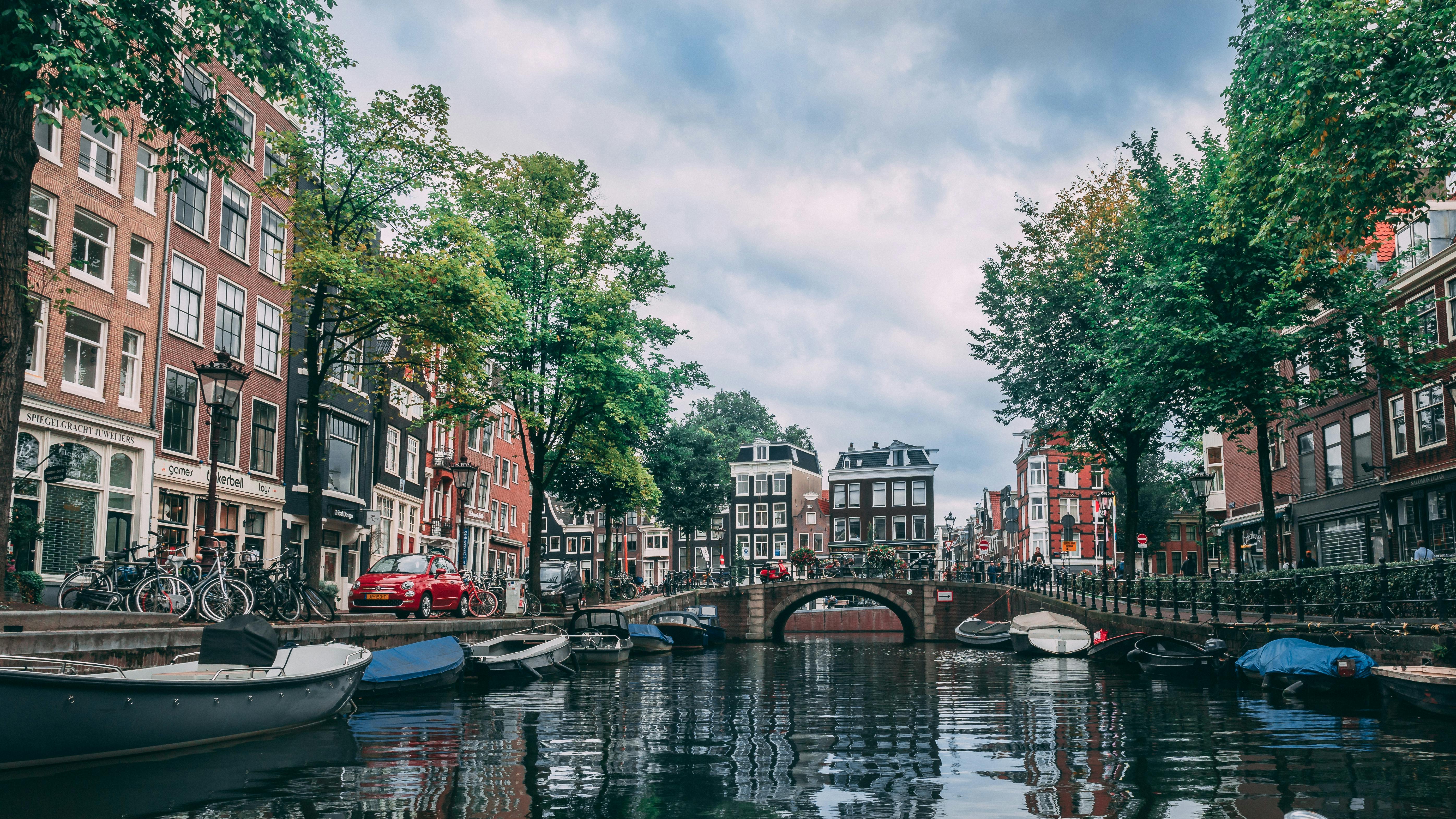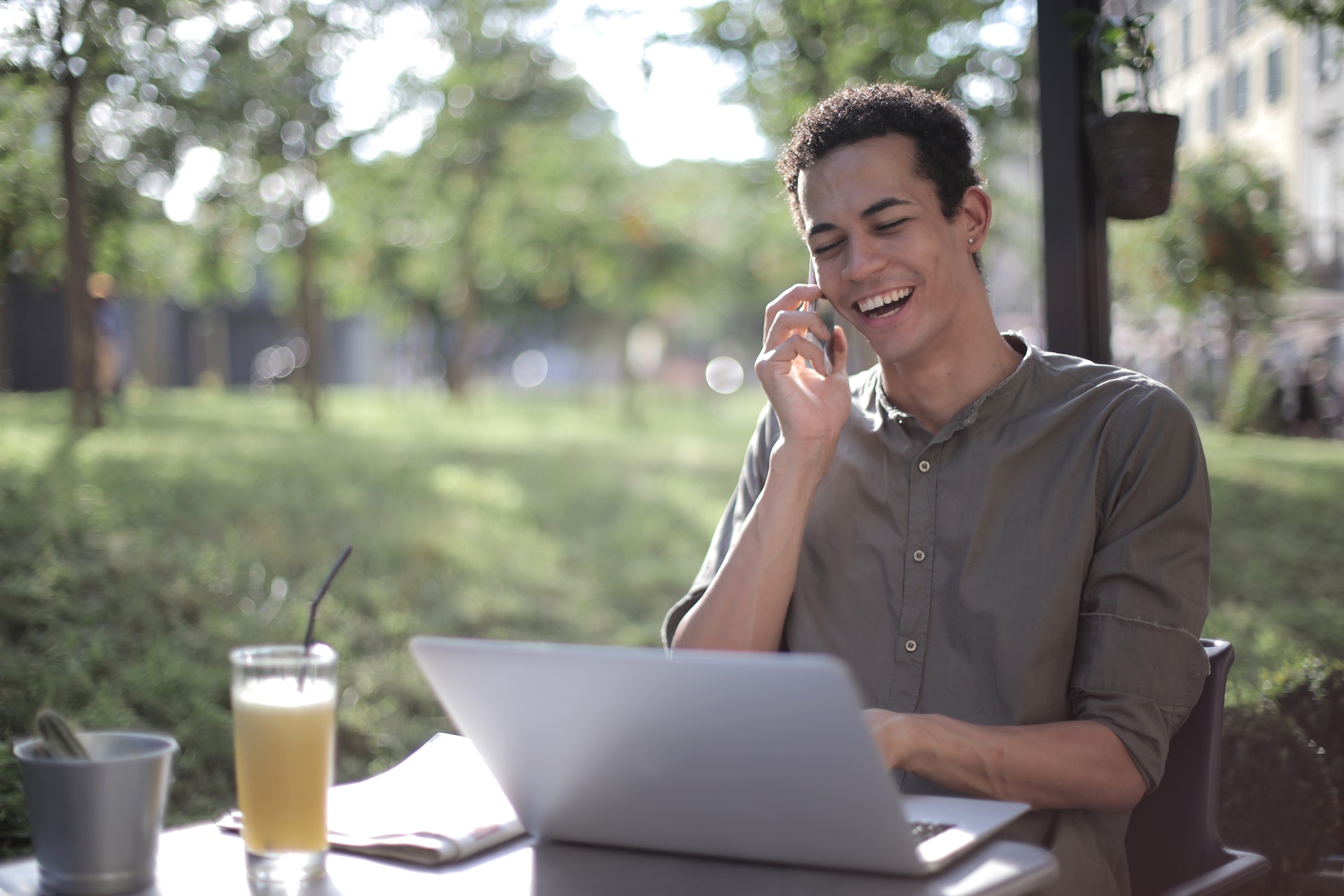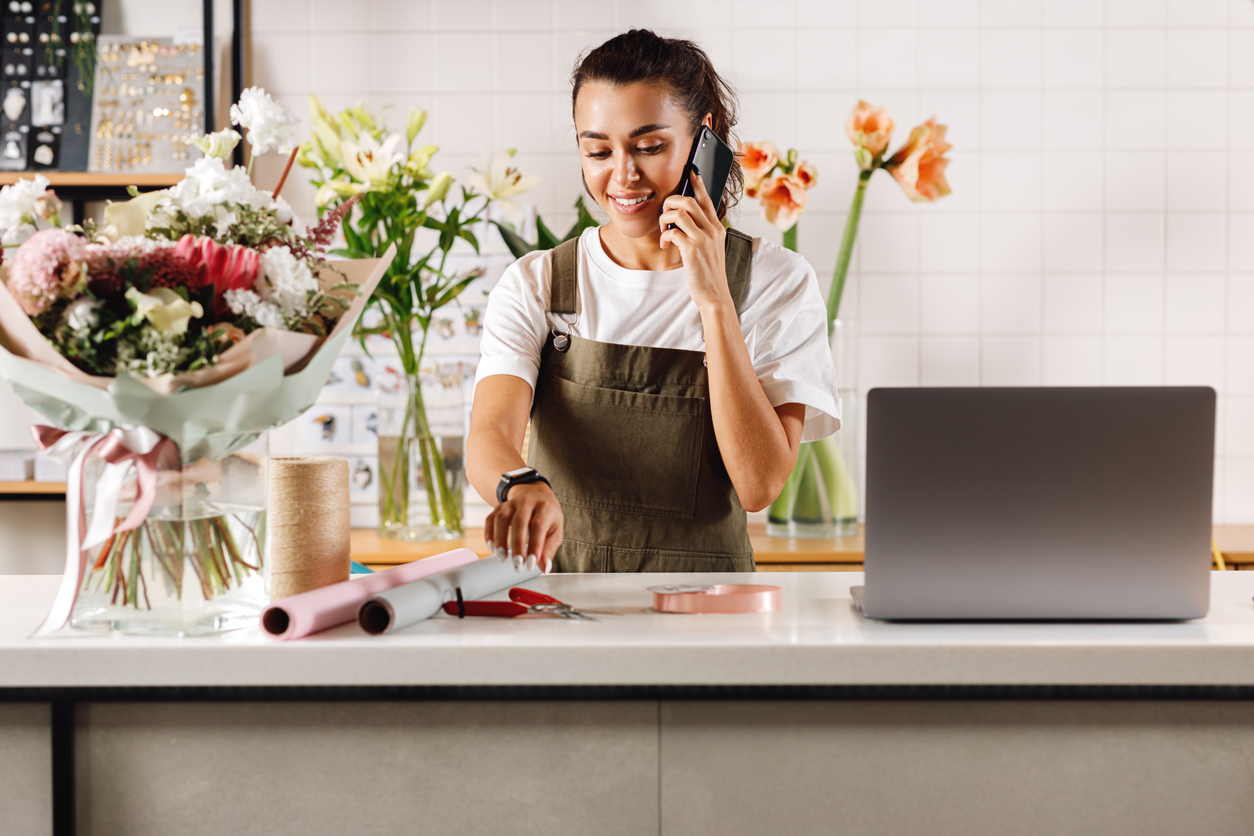Netherlands Country Code: For a Successful International Call

Anyone looking to connect with the world via phone will quickly encounter the concept of country codes. For those wanting to call a Dutch landline or mobile number from abroad, the Netherlands country code is an essential element.
This sequence of numbers forms the gateway to the Dutch telephone network and ensures that the call is correctly connected to the intended recipient in the Netherlands.
But what exactly is this country code? How do you use it correctly? And what else should you know about international numbers and the Dutch telephone landscape? This article provides a comprehensive overview and all the information you need to successfully call the Netherlands.
Netherlands Country Code: 31
The country code for the Netherlands is 31. This code, consisting of the digits 3 and 1, is the standard international notation used worldwide to reach a phone number in the Netherlands. Whether you’re calling from Belgium, Germany, Spain, Australia, or even Greenland, this code is a crucial part of the number you dial.
The International Access Code
Before dialing the Dutch country code (31), you usually need to first use the international access code of the country you’re calling from. This code, which indicates that you want to dial an international number, varies by country.
In many European countries, including Belgium and Germany, the international access code is ‘00’. From the United States and Canada, it’s ‘011’, while Australia uses ‘0011’. It’s essential to know the correct international access code for the country you’re in; otherwise, your phone provider won’t understand that you’re trying to reach a number abroad.
Example: If you want to call a Dutch landline from Belgium, you would dial ‘00’ (the international access code for Belgium), followed by ‘+31’ (the Netherlands country code), and then the area code and subscriber number of the person you want to reach. Learn how to easily request and use a foreign number.
The Structure of Dutch Phone Numbers
Once the Netherlands country code is correctly entered, it’s important to understand the structure of Dutch phone numbers. A Dutch landline number typically consists of an area code followed by a subscriber number.
The length of the area code can vary, usually consisting of two or three digits, depending on the region or municipality. The first digits of the area code often indicate the geographic location. For example, Amsterdam’s area code starts with ‘020’.
Mobile numbers in the Netherlands do not have a geographic area code in the same sense as landline numbers. They typically start with ‘06’, followed by eight digits. When calling a Dutch mobile number from abroad, omit the ‘0’ after the country code.
Example: To call a landline in Amsterdam with area code 020 and subscriber number 1234567 from Belgium, you would dial: 00 31 20 1234567. For a mobile number starting with 06-12345678, you would dial: 00 31 612345678.
The Role of the ACM
The Authority for Consumers & Markets (ACM) is the independent regulator overseeing the telecommunications market in the Netherlands. The ACM is responsible for the allocation and management of phone numbers and ensures they are used fairly and efficiently. Thanks to the ACM’s oversight, businesses and consumers in the Netherlands can rely on a reliable and well-functioning telephone network.
Overview of International Access Codes
To make calling the Netherlands from different countries easier, here’s a quick overview of some commonly used international access codes:
- Belgium: 00
- Germany: 00
- France: 00
- Spain: 00
- United Kingdom: 00
- United States: 011
- Canada: 011
- Australia: 0011
- New Zealand: 00
- Italy: 00
- Denmark: 00
- Sweden: 00
- Norway: 00
Using Parentheses in International Notation
Sometimes, you’ll see the Dutch country code written as (0031) or (+31). The parentheses around ‘00’ in the first case indicate that this is the international access code used in many countries, but you need to replace it with the access code of the country you’re calling from.
The notation with the plus sign (+) is the most common and universal form of international notation, where the plus sign represents the international access code of the caller’s country.
Your phone will usually automatically convert the plus sign to the correct access code when you attempt to dial an international number.
Conclusion
The Netherlands country code (+31) is a fundamental part of the international notation for phone numbers and an essential link to successfully connect with someone in the Netherlands.
By combining the correct international access code for your location with the Netherlands country code and the appropriate local number, you ensure that your phone call is connected correctly.
Frequently asked questions
A quick way to explore how everything works and what to expect.
The country code for the Netherlands is +31.
The international access code from Belgium is 00. You would dial 00 31 followed by the area code (without the leading 0) and the subscriber number.
Yes, after dialing the country code (+31), omit the leading ‘0’ from the area code. For example, for Amsterdam (020), dial +31 20. For mobile numbers starting with ‘06,’ also omit the ‘0’ (+31 6).
Country codes are assigned internationally by the International Telecommunication Union (ITU) to give each country a unique identification code for telecommunication purposes. The assignment of +31 to the Netherlands is historically determined and part of this global system.
The country code (+31 for the Netherlands) identifies the country you are calling. The area code (e.g., 020 for Amsterdam) identifies a specific geographic region or municipality within that country (for landline numbers). Mobile numbers do not have a geographic area code in the traditional sense.
The Authority for Consumers & Markets (ACM) oversees the telecommunications market in the Netherlands, including the allocation and use of area codes and the country code.
The plus sign (+) represents the international access code of the country you are in. Your phone will usually automatically convert this to the correct code (e.g., ‘00’ in Europe or ‘011’ in North America).

 Netherlands
Netherlands Belgium
Belgium Denmark
Denmark Germany
Germany France
France Switzerland
Switzerland Austria
Austria UK
UK Spain
Spain Italy
Italy


